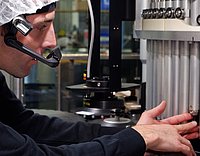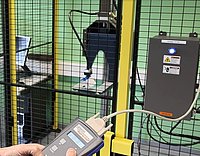
Soft Sensor Highlights
- What is a soft sensor (“software sensor” or “softsensor”), and how does it differentiate from a hardware sensor?
- Where can you use soft sensors in industrial bioprocessing?
- How can you measure the biomass concentration in bioprocesses using soft sensors?
- How do you get started with soft sensors in your bioprocessing lab or manufacturing facility?
- How to run soft sensors in Werum PAS-X Savvy
Soft Sensor Benefits
- Soft sensors make the most out of your data and signals that you have already collected in your bioprocess
- Perform real-time analyzing, monitoring, and control
- Reliant calculation of parameters where no hardware sensor is available
- Reduce purchase and maintenance costs
- Reduce the risk of contamination of the bioreactor
You are a bioprocess professional; you frequently hear and read about “soft sensors,” and you get the idea you should already know about them? But, you keep wondering what people are doing with soft sensors in their locked-up laboratories and manufacturing facilities? Congratulations, this post is for you!






